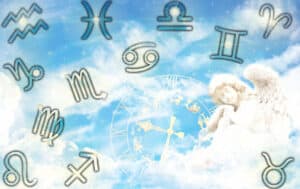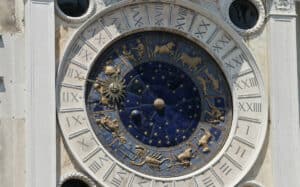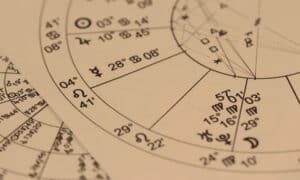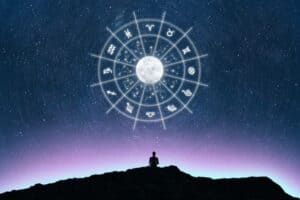Astrology’s Mystical History: From Ancient Zodiac Maps to Modern Horoscopes
Astrology’s Mystical History: From Ancient Zodiac Maps to Modern Horoscopes
Do you daily consult your horoscope? Or are you focused on astrological compatibility? Whether you engage in astrology or not, people have been seeking advice from the stars for centuries. There were constellation charts long before there were globe maps. There are even lunar phase markings on cave paintings, mammoth tusks, and bones. They hunted, harvested, and travelled in accordance with the constellations for ages.
Advances in science and technology have allowed us to depend less on the sky to forecast certain patterns throughout time. Astrology evolved into a simple curiosity and a means of acquiring more self-awareness. Humans are creatures of narrative, continually interpreting our lives by connecting the past, present, and future. Astrology helps us discover meaning when we cannot find it elsewhere.
The Definition of Astrology
There is no proof to indicate that zodiac signs genuinely connect with personality in astrology. It is basically a system for predicting earthly and human events based on the positions of the sun, moon, and planets inside astrological constellations. Within the zodiac family, there are twelve constellations: Aries, Taurus, Gemini, Cancer, Leo, Virgo, Libra, Scorpius, Sagittarius, Capricorn, Aquarius, and Pisces.
The position of the sun on your birthday determines your “sun sign.” Nevertheless, your “birth chart” provides further insights into your personality and life events based on the position of the moon and each of the other planets at the moment of your birth.
Continue reading to learn about the evolution of astrology in ancient times.
Babylonians and the Mesopotamia
The Sumerians of Mesopotamia, a historical region in Western Asia, were the first to record the motions of the planets and stars. Around 3000 BCE, the most notable constellations and patterns were documented and named. Babylonians (also known as Chaldeans) were the first renowned astronomers in Mesopotamia. The Babylonians developed the first zodiac wheel, building upon the Sumerians’ research.
Around the end of the fifth century BCE, Babylonian astronomers divided the ecliptic into 12 equal “signs” that corresponds to the twelve 30-day months of the year. The first known celestial coordinate system had 30° of celestial longitude for each zodiac sign. Usually, each segment was labelled by the name of an animal. The Greeks gave the zodiac its name when they referred to it as the zodiakos kyklos, or “animal circle.”

Hellenistic Egypt
Egypt became under Hellenistic control after Alexander the Great’s conquest in 332 BCE. In Alexandria, which Alexander built between the third and second centuries BCE, scholars created Horoscopic astrology by combining Babylonian astrology with the Egyptian tradition of the Decanic zodiac.
This approach utilised the Babylonian zodiac wheel and the Egyptian concept of breaking it into 36 pieces of 10 degrees each. The Egyptians emphasised the ascending decan, the Greek system of planetary deities, sign dominance, and the four elements. In ancient Hellenistic astrology, “the ascendant” pertain to the computation of the degree of the Eastern horizon rising against the ecliptic at a particular time. Horoskopos, the ancient Greek term for “ascendant,” is the origin of the English word “horoscope.”
Historically, horoscopic astrology was used to create astrological charts that reflected the positions of the sun, moon, and stars at the time of a person’s birth. These birth charts were used to determine a person’s personality attributes and possibly their future.
Ancient Rome and Greece
Around 280 BCE, Berossus, a Babylonian priest of Bel, travelled to the Greek island of Kos to teach the locals astrology and Babylonian culture. By the 1st century BCE, two forms of astrology were commonly practised: the reading of horoscopes and theurgic astrology (which literally translates as “god-work”). The first was interested in the past, present, and future, whilst the second was concerned with the soul’s journey to the stars and personal development.
The Greeks were responsible for bringing astrological thought to Rome. Emperor Tiberius appointed Thrasyllus of Mendes in the first century CE, making him the first emperor who was known to have engaged an astrologer. Claudius Ptolemy, an astrologer in the second century CE, was so obsessed with predicting accurate horoscopes that he began creating detailed world maps in order to track the relationship between a person’s birthplace and the stars. Prior to this, maps were mostly visual and symbolic. Therefore, Ptolemy, in his quest for astrological significance, contributed to the development of maps as we know them today. Even the term geography was created by him.
Ptolemy wrote Tetrabiblos, one of the most renowned astrology books ever written, in 140 CE. It outlines the most important aspects of astrology, such as planets, zodiac signs, and houses, that are being used today.
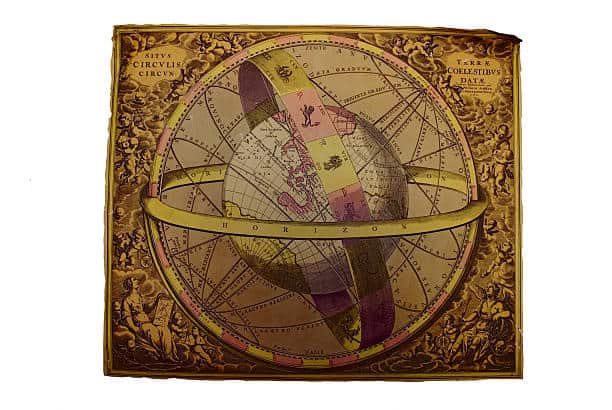
Other Parts of the World
By the Middle Ages, astrology had become an important element of civilisation, and it was performed by doctors, astronomers, and mathematicians. While India and China evolved their own renditions of the Zodiac, the Western world preferred Greek beliefs.
Mathematics breakthroughs aided astrologers in developing more precise and intricate charts, and astronomy was even studied at many prestigious European colleges, including Cambridge (1225-50). However, when the church gained control, belief in astrology began to disappear, and it was considered as an undesirable superstitious belief during the Holy Inquisition. During this period, renowned astronomer Galileo Galilei was considered guilty of heresy and forced to abandon his astrological ideas in order to spare his life.
During the Age of Enlightenment (1650-1780), society preferred scientific theory over astrological speculation, and stargazing became a source of ordinary enjoyment. Today, we are still looking to the sky for answers, but we can only guess whether or not our horoscopes will be accurate.


